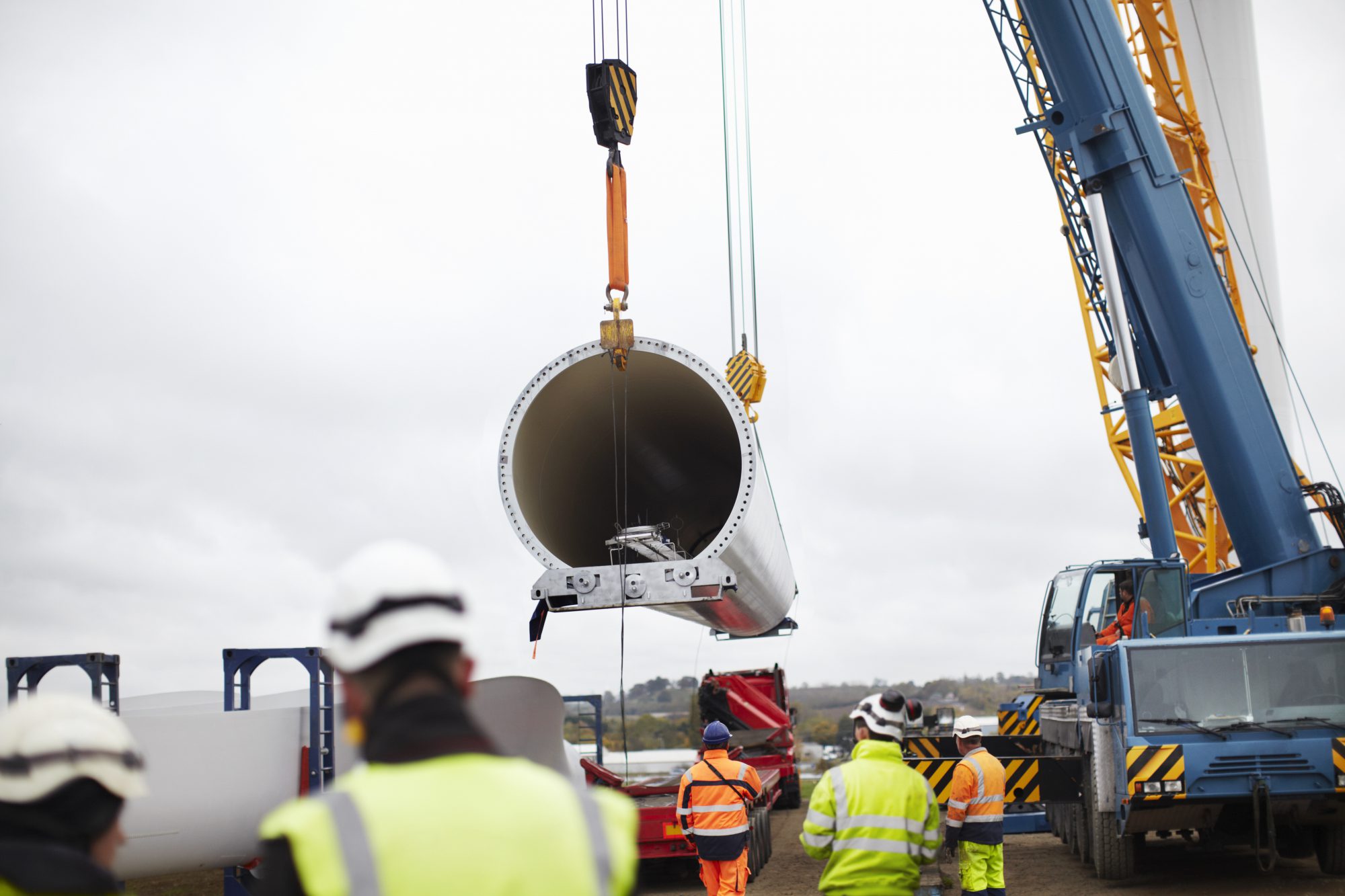When it comes to the installation of new pipelines, ensuring the longevity and safety of the pipeline is paramount. This requires meticulous attention to detail, particularly in the areas of corrosion protection and the selection of appropriate coatings. The success of a new pipeline installation hinges on the ability to protect the pipeline from corrosion, which can significantly reduce its lifespan and lead to costly repairs. This guide will explore the essential steps in pipeline installation, the importance of choosing the right coating, and how DragX is revolutionizing pipeline protection.
The Challenges of New Pipeline Installation
Every year, hundreds of miles of new pipelines are laid down to transport vital resources. However, the process is far from simple. Corrosion engineers oversee various aspects of the installation to ensure the pipeline’s integrity. While it might seem that the primary focus should be on coatings and cathodic protection (CP), the reality is that the process involves multiple teams, each with its own set of responsibilities.
From safety and transportation to materials and construction, every phase of the installation process must be carefully managed. Corrosion engineers play a crucial role in this, ensuring that the corrosion protection system is installed correctly and functions effectively to meet all regulatory requirements and the company’s timelines.
The Importance of Coating in Pipeline Installation
The coating is the first and most vital line of defense against pipeline corrosion. Selecting the right coating system is crucial as it directly impacts the pipeline’s ability to withstand the environmental conditions along its route. For instance, some coatings are petroleum-based and might not be suitable for soils containing hydrocarbons. Whilst, others may not perform well in clay soils that stress the coating.
In rocky terrains, a thicker coating might be necessary. In contrast, pipelines requiring horizontal directional drilling to navigate obstacles like rivers may need a thick, abrasion-resistant overcoat. The choice of coating protects the pipeline and ensures that it adheres properly, preventing corrosion that could lead to significant damage over time.
Field Coating and Inspection
The pipeline joints, which are welded together on-site, must also be coated in the field during installation. It’s essential to select a coating compatible with the mill-applied coating and suitable for field application. Field inspection is critical to ensure the coating process is carried out correctly, with proper surface preparation and application techniques. Any flaws in the coating, known as holidays, must be detected and repaired promptly to maintain the integrity of the pipeline.
The Role of Cathodic Protection (CP)
While the coating serves as the primary barrier against corrosion, the CP system acts as a secondary defense, particularly in areas where the coating may have flaws or is deteriorating. The effectiveness of the CP system is largely dependent on the quality of the coating; therefore, it’s imperative that the coating is in the best possible condition when the pipeline is installed.
Overcoming Stray Current Interference
One of the significant challenges in pipeline installation is managing stray current interference, which can lead to accelerated corrosion. This interference can come from various sources, including CP systems from nearby pipelines or direct current (DC) from rail systems. Mitigating stray current interference is essential to protect the pipeline from corrosion and ensure its long-term viability.
Introducing DragX: A Cutting-Edge Solution for Pipeline Protection
With the numerous challenges involved in pipeline installation, having a reliable coating solution is more important than ever. This is where DragX comes in. DragX is a revolutionary surface treatment that applies advanced nanotechnology to provide unparalleled protection against corrosion. Its innovative formulation enhances the durability and effectiveness of the pipeline’s coating, offering a robust solution that can withstand the harshest environmental conditions.
By incorporating DragX into the pipeline installation process, companies can significantly reduce the risk of corrosion, extend the lifespan of the pipeline, and ultimately save on maintenance and repair costs. DragX is not just a coating; it’s a comprehensive solution designed to address the specific challenges of modern pipeline installations.
The installation of new pipelines is a complex process that requires careful planning and execution. Coating selection and application are crucial in protecting the pipeline from corrosion and ensuring its longevity. With advanced solutions like DragX, companies can enhance their pipeline protection strategies, ensuring safer and more reliable operations for years.
Whether you’re planning a new pipeline installation or looking to upgrade your current corrosion protection methods, understanding the importance of coatings and the benefits of cutting-edge solutions like DragX is essential. By staying informed and choosing the right tools, you can ensure the success and safety of your pipeline projects. Reach out to our experts for more information on DragX.

